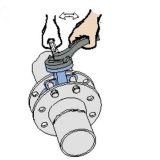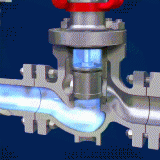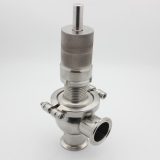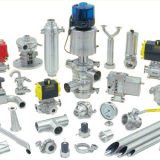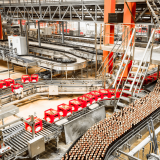It is very important to have sanitary valves, as they provide the foundation for safe sterilizing equipment.
SIP (Sterilize, or Steam In Place) is timed sterilization of the upstream and downstream biopharmaceutical production train with clean steam. This is important to ensure the products remain safe and clean for consumption and last as long as they should. It is part of the 5 step sanitization routine that occurs after every production batch and follows the final rinse after CIP.
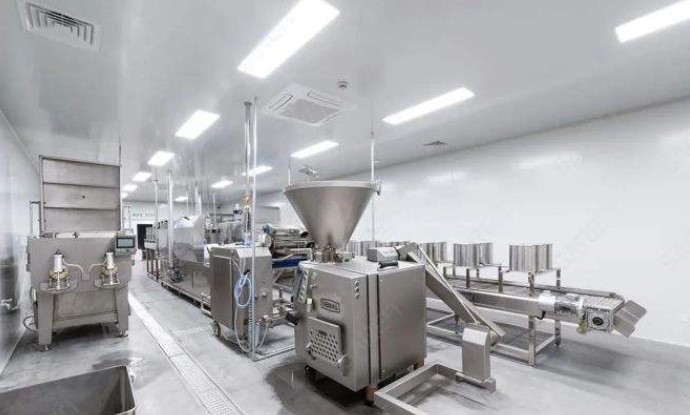
Every square cm of all process piping, sanitary valves, and vessels that come in direct, or indirect contact with process inputs, process, and process outputs is “sterilized” to ensure that there is no microbiological activity in the system.
Clean Steam (made from USP Purified Water) is circulated through all of the process tubings during this stage and enters large vessels through spray balls (engineered nozzles) embedded in the vessel ceiling.
Cleaning vs Sanitizing
Though we’ve covered the distinction between cleaning and sanitizing before, a quick refresher never hurts. In fact, it’s our business to do so! Understanding the difference between these two actions is important for quality sanitation control. Put simply, cleaning removes the soil from surfaces, whereas sanitizing actually reduces (and attempts to eliminate, if possible) the microorganisms on a particular surface. Because you cannot sanitize dirt, an area must be thoroughly cleaned before it can be sanitized.
What To Clean
All Sterilizing Equipment should be cleaned. In addition, cleaning the outside of equipment and personal hygiene are also necessary to maintain a sanitary environment for Sterilizing.
